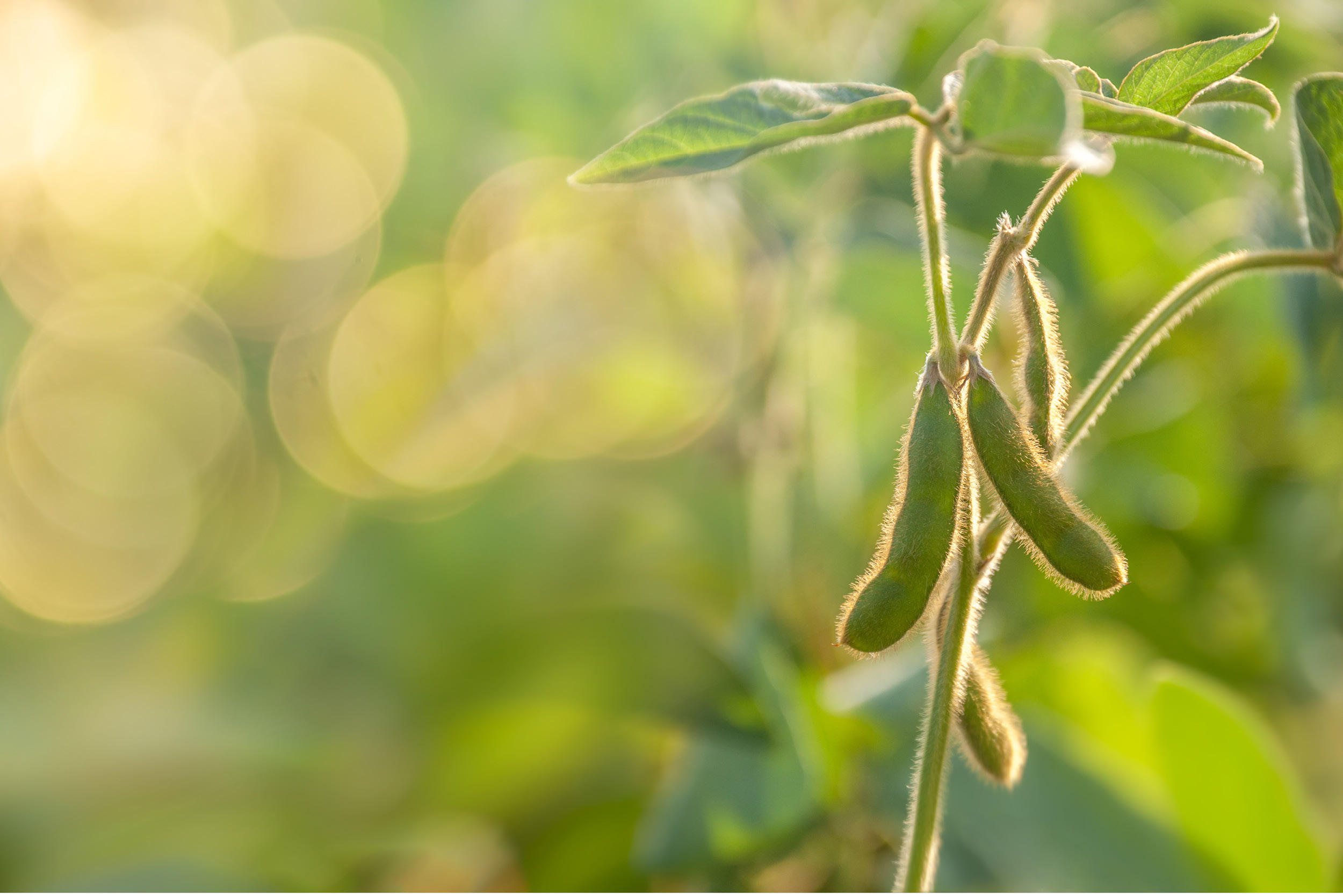IP Crop Network – August Report
This feature from SSGA’s Agronomy Action Team highlights growing conditions for identity preserved crops from different regions around the country. Thanks to the states/regions that contributed to this report.
Illinois
As I travel across the state, I have to say I think the USDA may have the right yield number. 225 bushels per acre is a BIG number for a corn average across the state, but the crop looks amazing. What’s scary to think about is for every acre that makes only 180-200, there has to be an acre making 240-260. It’s simple math, but still hard to process those kinds of yields on a wide scale.
The bean crop is well on its way to BIG yields as well. The August temperatures have been about as pleasant as you can get. Even in southern Illinois, having temps every day in the low-mid 80s is unheard of for August. The only real question now is how fast, or slow, does the crop mature and dry down for harvest.
– Scott A. Eversgerd, Field Agronomist – Southern Illinois, Pioneer Hi-Bred Int’l
Minnesota
After an extremely wet and difficult planting season, soil moisture in Minnesota is uniformly not dry. According to the drought monitor, none of Minnesota is reported to be in any form of drought. Drown out spots are widespread. The amount of acreage lost to drown out in 2024 will be significant. However, yield potential for the remaining cropland is high. Soil moisture is variable, but sufficient for most of the state. USDA-National Agricultural Statistics Service (NASS) reports topsoil moisture supplies were rated 7% short and 93% percent adequate to surplus. Subsoil moisture was rated 6% short and 94% adequate to surplus.
Corn condition was rated 58% good to excellent, Soybean condition was rated 63% good to excellent, and spring wheat condition was rated 83% good to excellent. Reports from several wind shield surveys indicate weed control programs were largely successful. However, canopy closure is delayed, and most farmers have used a second pass program to insure weed damage was limited, especially for waterhemp. Diseases, especially phytophthora and white mold, have been reported; farmers are managing them as best as possible. It is a bit early for soybean sudden death syndrome and brown stem rot to become evident. Scouting reports of soybean aphids and other insects being found are increasing; the insect population is being managed as they hit threshold.
Crop growth stage is progressing, but like many crops, remains behind average. According to the Aug. 5 Minnesota Crop Progress Report, soybeans blooming or beyond reached 83%, seven days behind average. Soybeans setting pods reached 48%. Corn silking was at 81%, five days behind the five-year average. Corn dough reached 31 percent. Spring wheat was 100% headed and 3 percent harvested. It appears, due to the delayed planting date, the wheat harvest window may be very compacted.
Grain yield in 2024 will be greatly dependent on rain fall and soil moisture as seed/kernels fill over the next six weeks. The National Oceanic and Atmospheric Administration is predicting much of Minnesota to have equal chances of moisture and temperature being above or below normal for late August and September. Due to the variable planting dates and variable soil moisture status, yield estimates across the state are highly variable. In addition, we could have an early killing frost, which would severely impact yields at harvest. Minnesota farmers will make a crop; how much of a crop is up for debate.
– David Kee, Director of Research, Minnesota Soybean Research & Promotion Council
Missouri
Missouri farmers had 6.6 suitable days for fieldwork for the week ending Aug. 11, according to the USDA-NASS crop progress report. With topsoil moisture content at 70% adequate to surplus, conditions are good, but we will need rain soon to retain the yield potential.
Soybean conditions are good with 77% of the crop being good to excellent. Soybean blooming is at 84%, 2% higher than the 5-year average, with 64% of the crop setting pods.
Corn conditions are also good with 81% being good to excellent. Corn silking has reached 86% with approximately 44% dented, which is 25% ahead of the 5-year average.
Overall, the corn and soybean crops are looking good across the state!
– Blake Barlow, Director of Agronomy & Research, Missouri Soybeans
Wisconsin
For the week ending Aug. 11, Wisconsin farmers had approximately 5.3 suitable days for fieldwork, according to USDA-NASS crop progress report. Early-week rain slowed fieldwork, especially in central Wisconsin, and increased topsoil and subsoil moisture levels to over 90% adequate to surplus across the state.
Corn silking had progressed to 84% completion, which is four days behind last year. About 36% of the corn had reached the dough stage, and 5% had reached the dent stage. Corn was rated 63% in good to excellent condition, up 2% from the previous week.
Soybean blooming reached 88%, with 66% of soybeans setting pods, which is three days ahead of last year. Soybean conditions improved 2% from previous week, reaching 62% good to excellent.
Oats coloring was at 95%, and 58% of the oat for grain crop had been harvested, which is 3 days ahead of last year and 5 days ahead of the 2019-2023 average. The winter wheat harvested for grain was nearly complete, with 94% done.
– Shawn Conley, State Extension Soybean and Small Grain Specialist, University of Wisconsin-Madison







Leave a Reply
Want to join the discussion?Feel free to contribute!